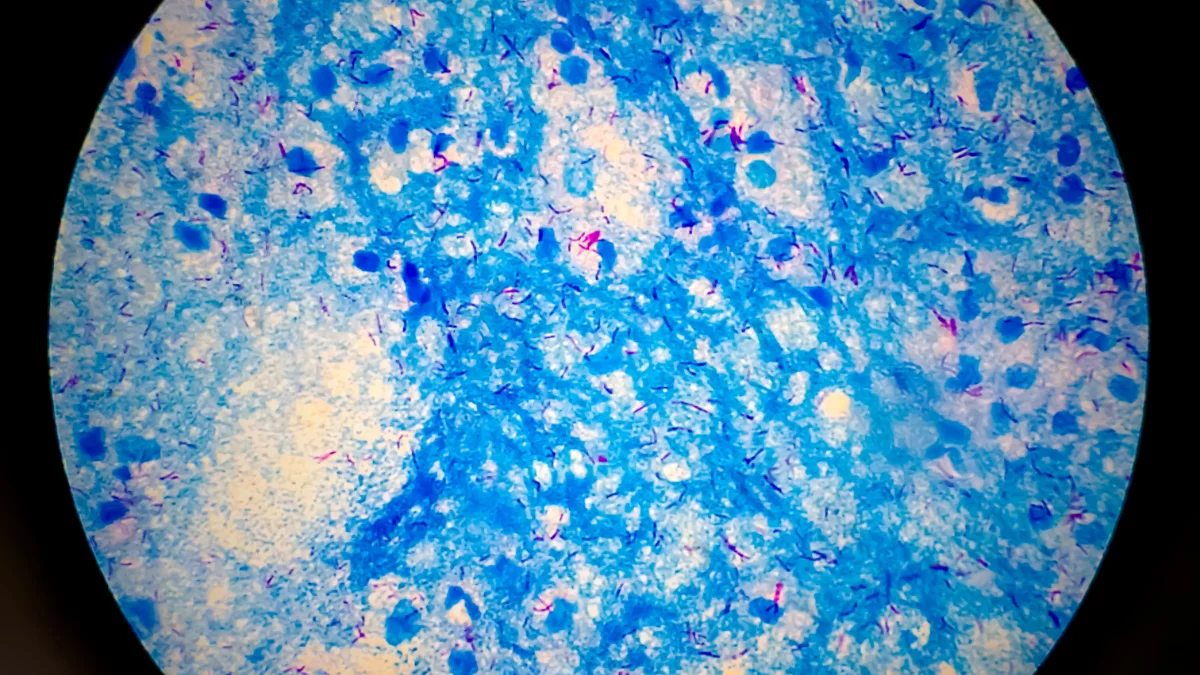Reviewed by Lauren HardakerMay 23 2025
Researchers demonstrated how Mycobacterium tuberculosis modifies its DNA and regulates both replication and gene activity through a reversible process known as ADP-ribosylation. This is the first time such a DNA modification has been demonstrated to control these essential functions in any living organism.

Image Credit: Md Ariful Islam
We have found a way that Mycobacterium tuberculosis can slow down its growth and potentially allow it to hide from the immune response and resist antibiotics. By showing that ADP-ribosylation of DNA can control both replication and gene expression, we have discovered a new layer of regulation that could be key to understanding TB’s persistence. If we can target this process, we could make the bacteria easier to eliminate, especially in the slow-growing or dormant states that current treatments struggle to reach.
Graham Stewart, Professor and Head, Department of Microbial Sciences, University of Surrey
The research concentrated on two enzymes: DarT, which attaches the ADP-ribose tag to DNA, and DarG, which removes it. When DarT is active, it prevents the bacteria from replicating their DNA and dividing.
Conversely, when DarG removes the tag, growth can resume. This reversible regulatory mechanism may help Mycobacterium tuberculosis survive in harsh conditions, enhancing its resilience during long-term infections.
To further investigate the functioning of this molecular switch, the researchers used a CRISPR interference (CRISPRi) system to selectively decrease the levels of DarG. This manipulation allowed DarT to operate without limitation, resulting in an accumulation of DNA modifications and a cessation of bacterial growth.
The team subsequently utilized a method called ADPr-Seq to map the locations of these tags throughout the genome. In conjunction with live-cell imaging and RNA sequencing, they monitored alterations in DNA replication, cell division, and gene expression.
These methodologies provided insights into how ADP-ribosylation influences both the bacteria's replication capabilities and the expression of genes essential for survival in challenging environments.
According to the World Health Organization, TB kills 1.25 million people globally every year. In 2023, around 10.8 million people fell ill with the disease.
Source:
Journal reference:
Butler, R. E., et al. (2025) Control of replication and gene expression by ADP-ribosylation of DNA in Mycobacterium tuberculosis. The EMBO Journal. doi.org/10.1038/s44318-025-00451-y.